As the winter season approaches, it's crucial to ensure that your chickens are warm, comfortable, and healthy in their coop. Cold weather can pose challenges for our feathered friends, affecting their egg production and overall well-being. In this blog, we will share practical tips and strategies to help you create a cozy and safe environment for your chickens in their coop during the winter months.
1. Insulation and Ventilation:
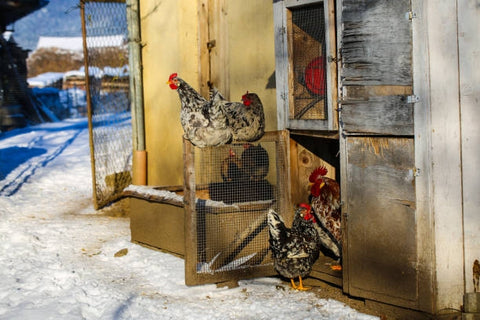
Proper insulation is key to maintaining a warm and draft-free coop. Start by sealing any cracks or gaps in the walls, windows, and doors to prevent cold air drafts. However, it's equally important to ensure adequate ventilation to prevent moisture build-up, which can lead to respiratory issues. Consider installing vents near the roofline to allow fresh air circulation without creating drafts. This balance between insulation and ventilation will create a comfortable and healthy environment for your chickens.
2. Deep Litter Method:
The Deep Litter Method is a sustainable way to manage litter in your chicken coop and provides insulation during cold weather. Layer the floor with pine shavings or similar organic materials, avoiding cedar shavings as they can be toxic to chickens. Regularly stir the bedding to encourage decomposition and the natural release of heat. This method not only keeps the coop warmer but also helps control odours and provides additional comfort for your flock during winter.
3. Maximizing Sunlight:
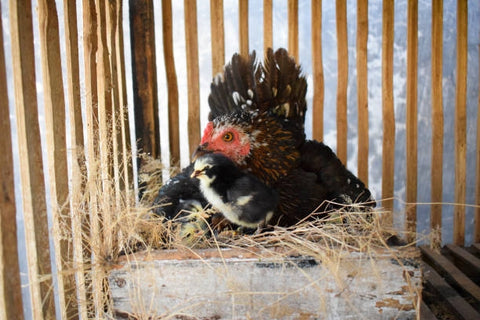
Although the days are shorter in winter, you can still utilize sunlight to trap heat and warmth in the coop. Ensure that your coop has well-insulated windows or transparent panels. Position the coop to receive maximum sunlight during the day, which can help to heat the coop and provide natural light for your chickens. Additionally, materials with high thermal mass, such as stone or concrete, can absorb and store heat during the day, releasing it slowly throughout the night, further enhancing the warmth in the coop.
4. Roosting and Perching:
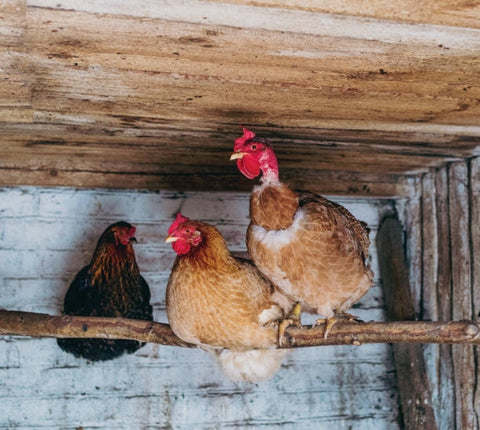
Chickens naturally roost together to maintain body heat, especially during colder nights. Provide adequate space for all chickens to comfortably roost. Ideally, roosts should be built at least two feet off the ground, away from the cold floor. Regularly check the roosts and ensure they are in good condition and not damaged. If necessary, expand the roosting area to accommodate all your chickens comfortably.
5. Supplemental Heat:
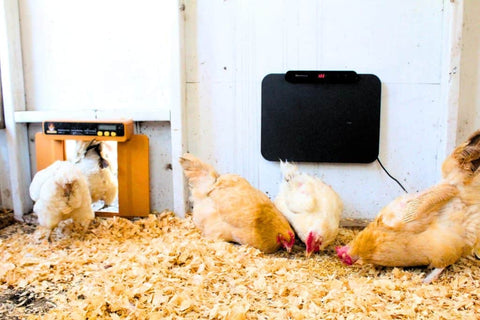
While chickens are naturally adept at keeping themselves warm, extremely cold temperatures may warrant providing supplemental heat. However, caution must be exercised to ensure safety. Avoid using heat lamps, as they can be fire hazards if not properly installed or monitored. Instead, consider safer options such as heated pads specifically designed for poultry or flat panel radiant heaters that don't emit light or pose a fire risk. Ensure that any heating equipment is securely installed, keeping it away from bedding, flammable material, and out of the reach of chickens.
Water and Frostbite Protection:
Water is essential for your chickens even in winter. Prevent freezing by using heated waterers or regularly replacing the water with warm water to ensure hydration. Additionally, chickens with large combs and wattles are susceptible to frostbite in extreme cold. Protect their combs and wattles by applying petroleum jelly to provide a barrier against frostbite. Regularly inspect your chickens for any signs of frostbite and take appropriate measures if needed.
Provide Enrichment:
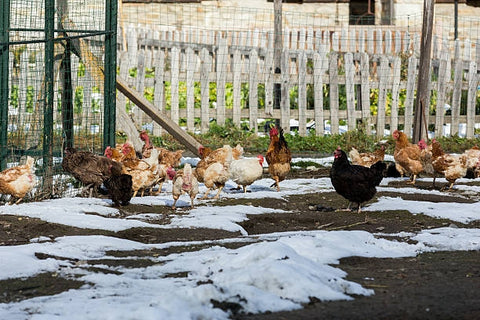
During the winter months, when chickens may spend more time indoors, it's important to provide enrichment activities to prevent boredom. Hang a cabbage or other vegetable treats from the ceiling, offer peck toys, or provide scratch areas for them to forage. These activities keep them engaged and active, promoting their overall well-being.
Conclusion:
Creating a warm and safe environment for your chickens in their coop during winter is essential for their health and productivity. Ensure proper insulation and ventilation, implement the Deep Litter Method, maximize sunlight exposure, provide adequate roosting space, and consider supplemental heat if necessary. Take steps to prevent frostbite and provide enrichment to keep your chickens happy and active. By following these tips, you'll ensure a cozy and comfortable winter for your feathered friends.
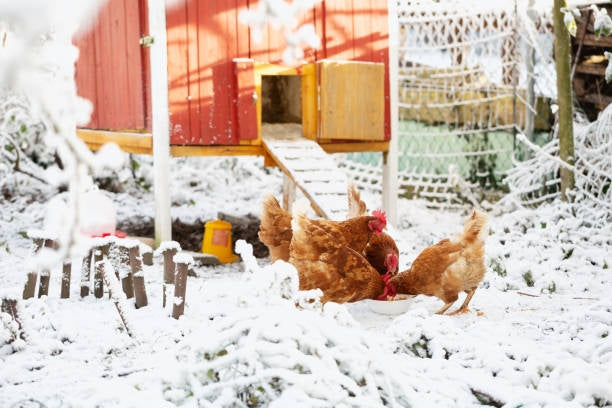
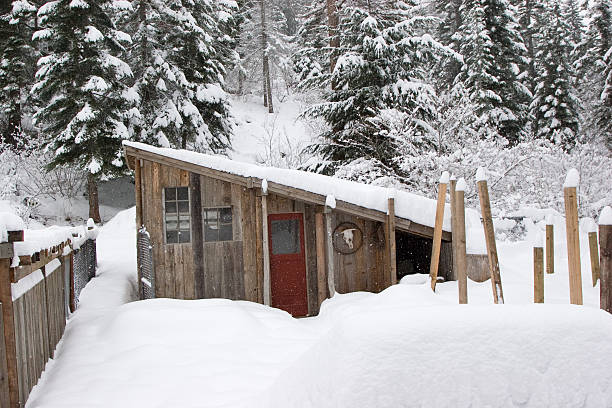
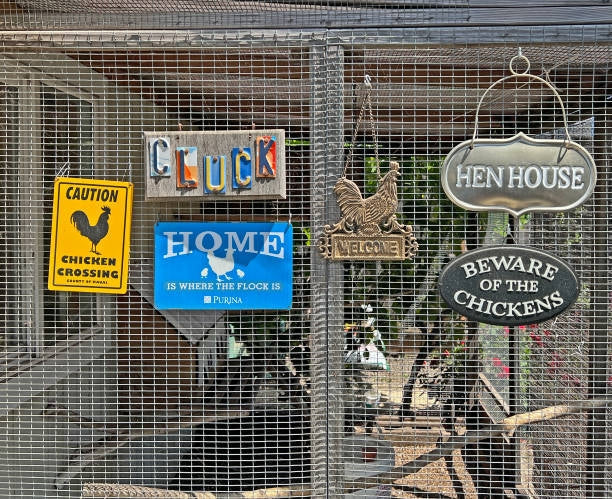
Dejar un comentario
Todos los comentarios se revisan antes de su publicación.
Este sitio está protegido por hCaptcha y se aplican la Política de privacidad de hCaptcha y los Términos del servicio.